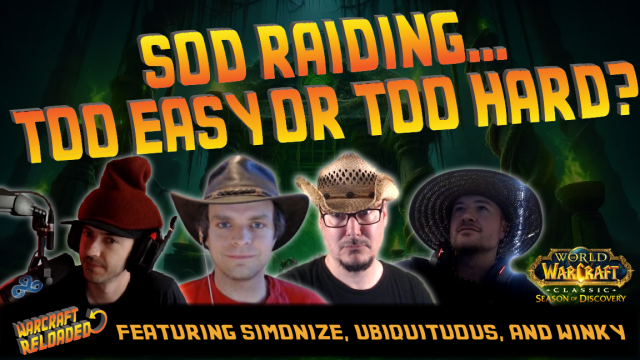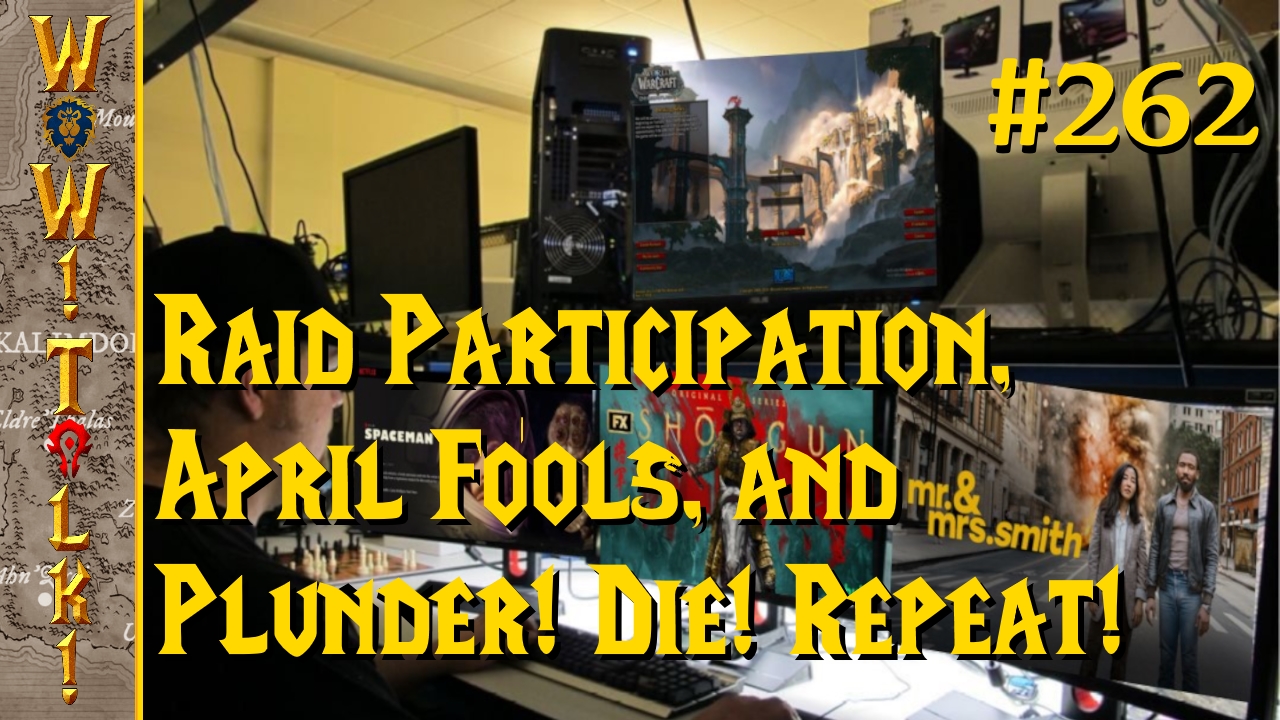There are a lot of different components to a homicide investigation. There are a slew of popular crime shows on television, but no one did it quite as well as the original Law & Order. Law & Order: Special Victims Unit and a few other incarnations followed; and through many seasons, fans learned a lot about the world of law and all of the “pleasantries” that come with it.
Law & Order: Legacies is an episodic game for iOS, Windows, and Macs. For all intents and purposes, this review is based on the Windows version. As of playing this (and writing about it) there are only three episodes out, with the rest of them being released all together eventually.
Legacies takes several popular detectives and counselors from a couple of the series and mashes them up into one series. For instance, Detective Rey Curtis (Law & Order) and Detective Olivia Benson (Law & Order: SVU) work together on a case. Something like that would not happen on the show. The series is known for its crossovers, so seeing one shows members on another is not completely out of the question. Most of the cast is from the original Law & Order.
The best way to describe this game would be an interactive episode of the show. Everything, from the beginning sequence before the title music all the way to the ending credits, is accurately portrayed in each episode. The beginning sequence is almost always someone discovering a body; then we get the title sequence which is a mash up of the -game character portraits (with the character names instead of the actors names) and real photos (the same used in the show).
Visually, the character animations and design are actually fairly good. Character likenesses are really accurate to the actual people; with the exception of Detective Rey Curtis, who looks nothing like his actor counterpart. The facial animation is pretty well done, but this is no L.A. Noire. There are a few graphical flaws that become apparent during cutscenes. Some items can look a little out of place to the point where you can tell you are supposed to click on it. Background images look decent, and almost look as if they took an actual photo and put it way out of focus. Lighting on the characters faces and clothes look as if there was a lot of effort put into it.
Game play is broken up into several different parts; all which make or break the investigation and trial. The entire episode is like any episode of the show: if you don’t pay attention during every part, you won’t know what is going on. The first game play element that you will come across is interrogation, which happens during the beginning of the episode (when questioning witnesses) and throughout the episode. Questions can be about suspects, events, places, and other random nonsense. Random, non-important questions are labeled “red herrings.” Although the game notes when you get them at the end of each questioning sequence, it does not seem to note whether asking them was good or bad.
When questioning suspects and witnesses you have three strikes that you can incur which will ruin that interview. During the interview the game will ask you different things such as “is he lying?” or “is he hiding something?”, and you will need to answer whether you think they are or they aren’t. Anything said positively in your favor will open another question which will ask you to prove why you think that. Answering wrong on either count will earn you a strike, while answering correctly will earn you a star.
Unfortunately, there does not seem to be any repercussions if you answer a question wrong. At one point the dialogue was different, but usually if I asked the wrong question it would be answered to pull along the story anyway. There did not seem to be a way to really fail the interviews, but you could get less stars. Stars are earned through detecting false statements from witnesses/suspects correctly and also being able to accurately prove why you think they are/aren’t lying. Although each interview has a required number of stars, it does not count against you if you do not get all of the stars. You can get a higher score if you do the interviews correctly though.
Another game play element is examining crime scenes. These are done in point and click fashion like the rest of the game. You are given a specific list of items that you are looking for such as “a curved blade”, “duct tape”, “zip ties”, etc. You have to use arrows to look around the crime scene and circle with your mouse anything that seems suspicious to you. There are a certain amount of tries that can be used by circling things, but there is no fail to the scene if you do not find everything within the allocated amount of tries. Circling items either discovers them as evidence or moves them to reveal evidence.
Last but not least is the trial. During the prosecution, players must ask the witnesses and defendants questions that would help the case, and provide evidence to support their claims. During the defense, the players must object whenever they hear something wrong in the questioning. A lot of legal jargon is dropped in this portion of the trial. A line of questioning can be objected to by heresay, expert knowledge, badgering, leading, and so on. Players don’t need to be a legal expert to know what to say and when, as descriptions of each type of objection are given often and are easily referenced in the transcript.
The trial hangs in the balance according to the “scales of justice,” which are actually something physical in Legacies. Answering a question wrong, or objecting falsely or for the wrong reasons, and points are tipped in the favor of the defense. If you answer questions correctly with enough evidence and object every time you need too, points will be awarded to the prosecution. Each line of questioning ends in a recap to tell you how the jury is feeling about what just happened.
The scales will directly affect how the jury rules, but it also affects something else. Plea bargains are something that happens before a jury deliberates, in which the defendant attempts to offer a deal in exchange for pleading guilty, and in some cases testifying against another defendant. As the prosecution, you must choose a deal that you feel would suit the situation, and depending on how you are doing in trial, they could accept or go all the way to the end of the trial.
All in all, I was pleased with Law & Order: Legacies as a fan of a couple of the shows. There was a lot of detail put into each story, and there were a lot of different things to do to be involved in the cases. The story was not as well thought out as the shows were, but there was a large amount of effort into trying to make it feel as close as a game could get. There should have been fail options in some of the scenarios, because it felt like you could just answer wrong and not really have it affect much.
There was no room for replay value, although players can replay to get a better score. Unfortunately, the answer is pretty much given to you when you answer something wrong. Replaying the episodes would feel a lot like a re-run; fun but not fun. On the other side of that, each episode took me around two hours to complete; so it will take you a while to get through each episode. With more episodes on the way, there is definitely a lot to love for a Law & Order fan here.
[Images via Telltale Games]









